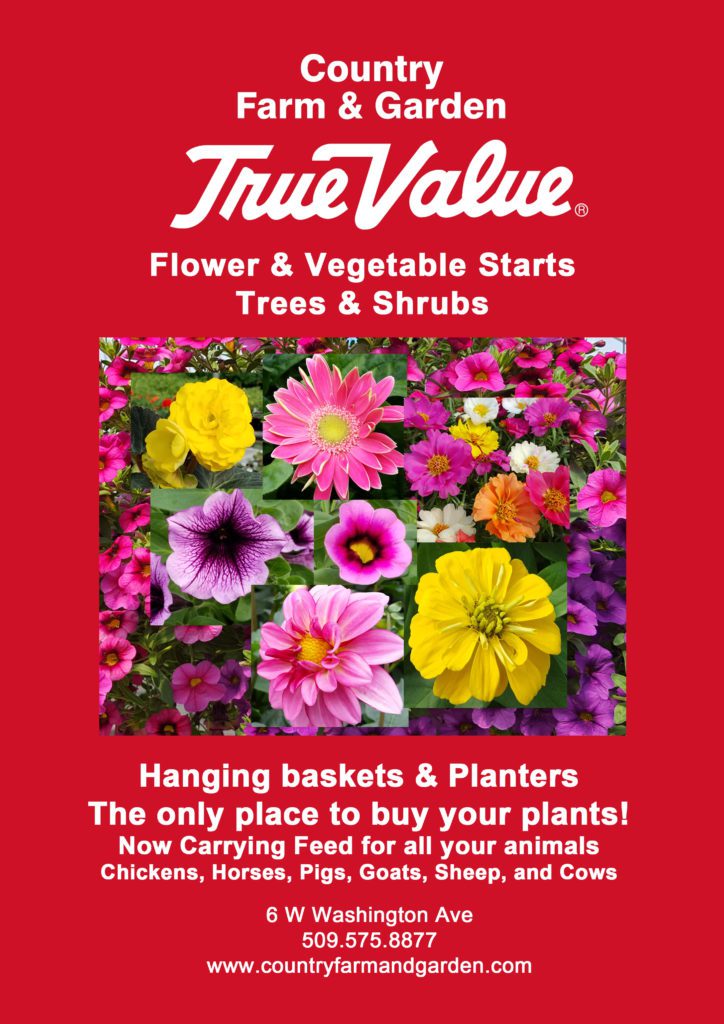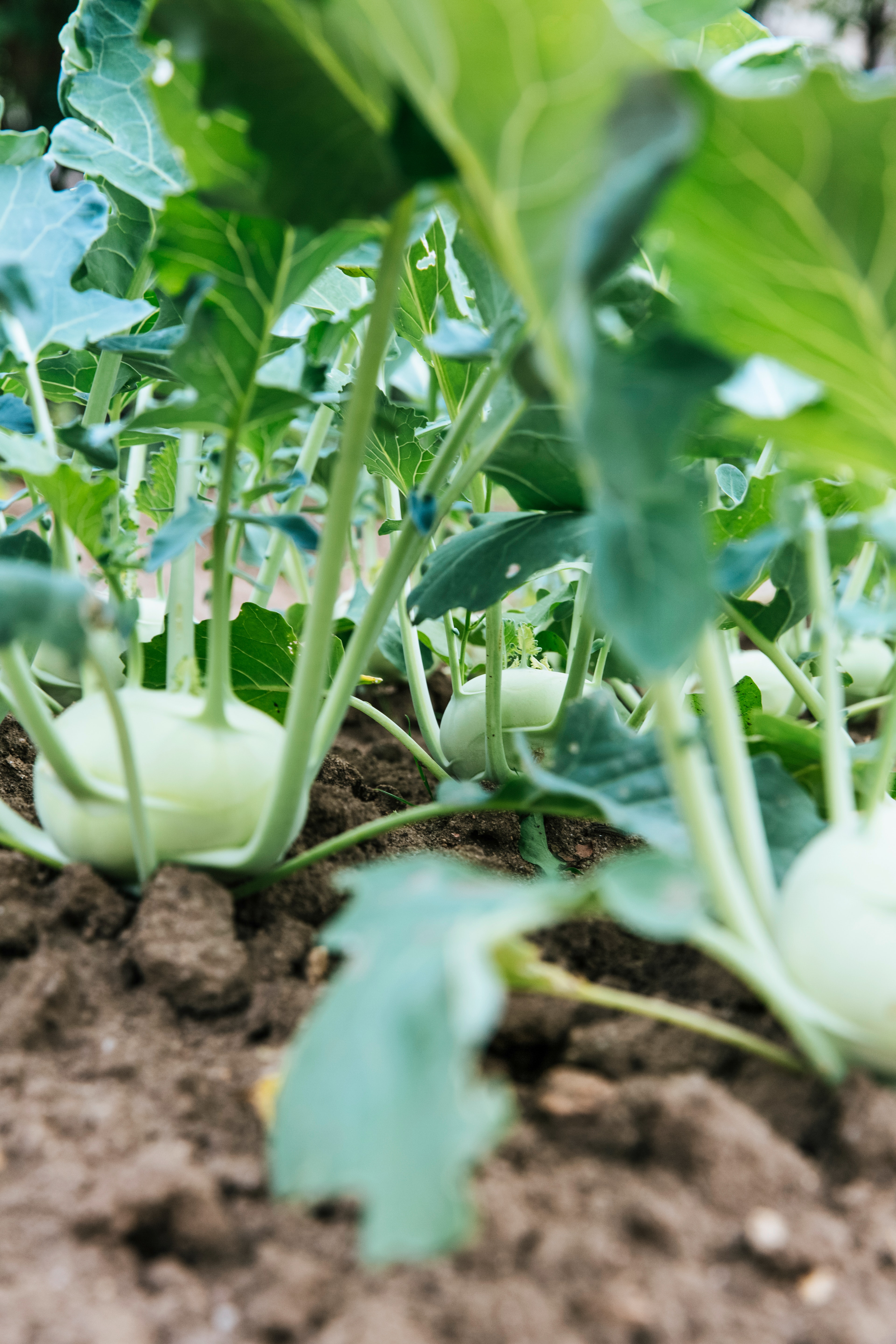Having your own garden can provide a reliable source of fresh vegetables right outside your door. However, starting a vegetable garden can be a daunting task, especially if you feel like you weren’t blessed with a green thumb. But with the right amount of attention, time and tools, anyone can start their own bountiful garden.
Location, Location, Location
Pay attention to where the sun hits your yard. You’ll want to choose the spot depending on the amount of sunshine and shade the location will receive. Vegetable gardens require a lot of sunshine, with a small amount of afternoon shade. Take the time to observe different areas in your yard or on your patio before selecting the best location. Also, be sure to take soil quality into consideration when selecting the right spot.
Choose the Right Tools
You don’t need a full tool shed to start a garden, but a few basic accessories will come in handy. A trowel will help with digging small holes for transplanting plants, a hoe will help to pull up weeds at the root and a rake will help to level beds and to filter out large stones to prevent the interruption of seedling growth.
Choose a Bed or Pot
Vegetable gardens can be planted in raised beds, pots or directly into the soil. A raised bed may provide you with an inexpensive way to build a bed, creating a barrier for weeds and eliminating the need to till the soil. Planting in pots is a great solution, especially if your space is limited or if you’d like to be able to move plants easily depending on the placement of the sun. Planting directly into the soil can require a bit more work up front, because you will need to till and prepare the soil prior to planting, as well as create rows for planting.
Plants Versus Seeds
For beginner gardeners, choosing starter plants is recommended. However, for some vegetables, seeds may work better. It all comes down to the vegetable type. Determine whether the vegetable can transplant well, and if the growing season is long enough for the vegetable to mature if planted from seed. Root crops such as carrots generally don’t transplant as well and are better planted from seeds, so choosing starter plants like peas and summer squash may produce better results.
Create a Watering Plan
Plan ahead for how you will water your garden, whether it’s a watering system on a timer or hand-watering. Most vegetables thrive on a consistent supply of moisture. Generally, you can tell your vegetables need water when the top inch of soil is dry. About an inch of water per week is typically sufficient.

